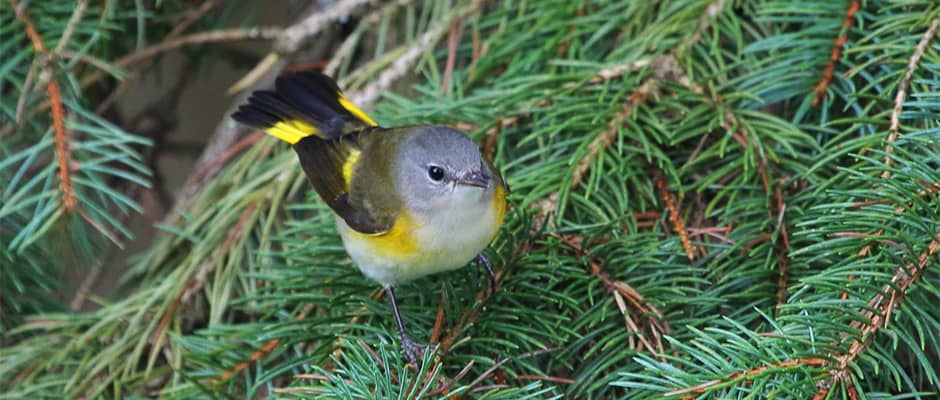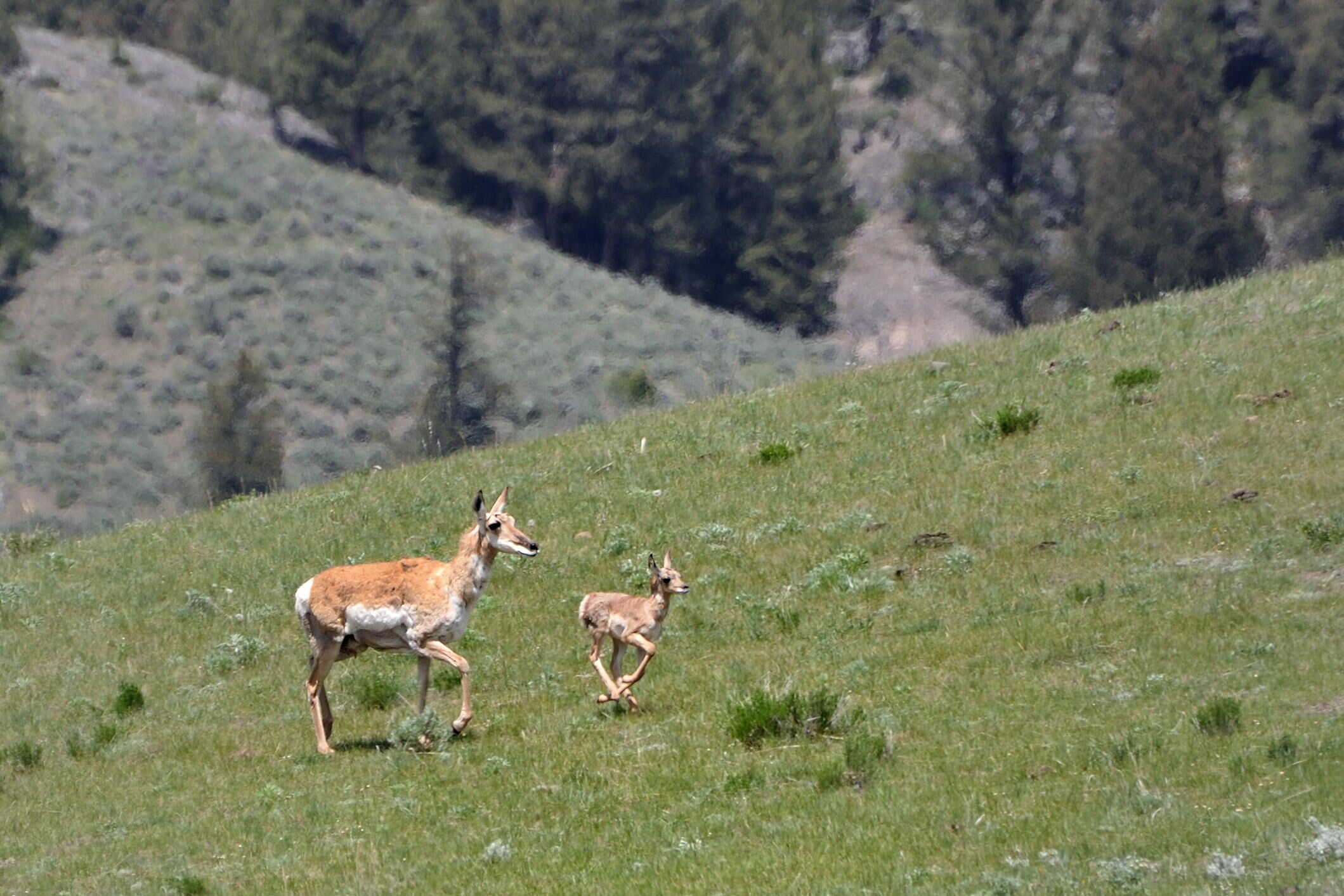Share this article
Transient Wintering Bird Detection Requires Different Methods
Birds of a feather don’t always flock together. During the winter, some birds of the same species like to create and defend a territory while other birds like to constantly be on the move, searching for the best resources.
This makes it difficult for researchers to conduct surveys for birds like American redstarts (Setophaga ruticilla) that winter in Jamaica. Compounded with transience of some of the birds, American redstarts present chip notes — short, high-pitched calls — rather than songs, making detecting and studying them even more challenging. In a new study published in The Auk: Ornithological Advances, researchers found that common survey methods for the birds don’t accurately portray the whole population because they don’t account for transient birds.
“We realized there was a disparity between population estimates in unmarked surveys or point counts versus territory-mapping methods, which include catching, banding and mapping birds’ movements,” said Ashley Peele, coordinator for the Virginia Breeding Bird Atlas based at Virginia Tech University and lead author of the recent study. “Basically, the disparity after looking closely at the data was that quite a few transient individuals were overlooked by traditional mapping methods.”
To conduct their research, Peele and her colleagues spent four years in mangrove swamp, dry scrubland and wet mountain forest in Jamaica using two different methods to study redstart populations: territory mapping and point counts. The researchers used territory mapping by capturing and marking the birds and monitoring their movements to identify individual territories. Then they completed point counts where they recorded any instance a redstart was seen or heard from a specific spot within ten minutes.
The researchers found that point counts detected transient individuals more efficiently than territory mapping. “Combining marked and unmarked methods is important to find what age and sex ratios of transients were like compared to territorial individuals,” Peele said. “If you want to estimate total abundance, point counts are fine. If you want to determine territorial density, marked methods are fine. But to get the bigger picture, you should combine both methods.” However, current survey methods typically only use one or the other.
Peele and her colleagues also found that most transient individuals were females or young males. This showed them that being transient is likely not an optimal strategy because adult males were mostly still defending territories. They also found that distribution of transient birds wasn’t equal among habitats. “We were picking up high numbers of transients in coastal sites versus inland,” she said.
While Peele and her team are not sure why they are seeing more transient redstarts, they have a few theories. One theory is that there isn’t enough space for the large numbers of redstarts, which forces females and young birds to occupy lower quality habitats such as dry scrubland or resort to a transient strategy. Another theory is that coastal habitats were hit hard by hurricanes and other disturbances causing birds to rely less on habitat there. Climate change patterns suggest that habitat quality and availability will decline even further, she said.
Peele said it’s important to use both point count methods and territorial mapping methods to get the total picture of the redstart population and to develop conservation strategies. “Basing population estimates off mark methods or territorial densities by mapping, you may be missing a substantial component of the population, and your results may be biased because of that,” she said.
Header Image: An American redstart sporting yellow and black feathers looks up from a tree in southwest Champaign, Ill.
Image Credit: Jeff Bryant, licensed by cc 2.0








